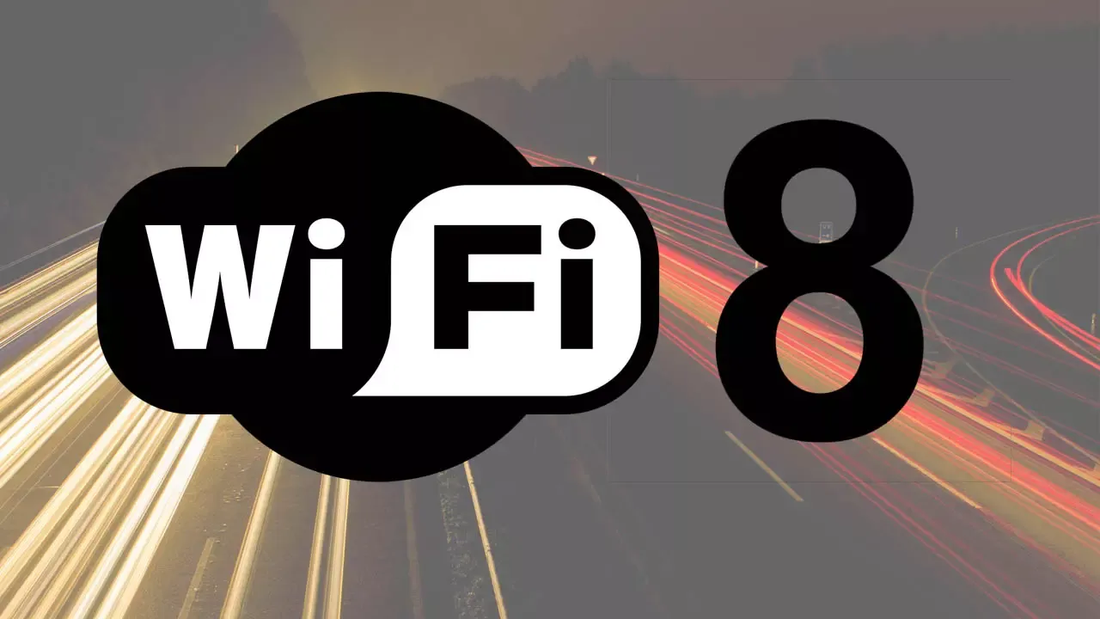In a recent episode of Industry Shakers, I had the pleasure of speaking with Robert Stacey, Chair of the IEEE 802.11 Working Group and Senior Principal Engineer at Intel. We discussed the future of Wi-Fi, the technical roadmap behind Wi-Fi 8, AI-driven developments, and the ever-present myth of Wi-Fi being “less secure” than cellular networks. Here are the key takeaways from that enlightening conversation.
Inside IEEE 802.11: Programs in the Pipeline
The IEEE 802.11 Working Group is buzzing with innovation. While Wi-Fi 8 (based on the 802.11bn amendment) generates the most industry excitement, it’s far from the only project on the table. Here’s a quick overview of what’s in progress:
- 11bn: Set to form the backbone of Wi-Fi 8, this amendment is focused on latency, reliability, and efficiency for real-time applications like AR/VR, voice, and video.
- 11bi: Enhancing user privacy and security.
- 11bt (Upcoming): Tackling post-quantum cryptography to future-proof Wi-Fi security.
- 11br, 11bp, 11bq: Innovations in light communication, ambient power communications, and mmWave integration, respectively.
- Revisions & Wrap-ups: Recent completions like 802.11bh (randomized MAC addresses) and 802.11be (Wi-Fi 7), with 802.11bf and 802.11bk nearly finalized, aim to bolster positioning and range enhancements.
All of this work is guided through a structured process that starts in the Wireless Next Generation (WNG) Committee and evolves through topic interest groups (TIGs), study groups, and task groups.
Wi-Fi 8 (802.11bn): What to Expect
Wi-Fi 8 promises a leap in both reliability and real-world usability. The major pillars of this evolution include:
- Bounded latency: Key to supporting AR/VR and other latency-sensitive applications by minimizing jitter and delay.
- Improved roaming: Enhancements for seamless transitions between access points in indoor environments.
- Extended range support: A new waveform to maintain robust links with distant devices like security cameras.
- Multichannel efficiency: Optimizations for networks with wide bandwidth but narrowband clients.
- Dual-radio clients: More devices will natively support multiple simultaneous links, unlike today’s prevalent single-radio implementations.
The first official draft of Wi-Fi 8 is expected by July 2025, with early commercial products likely appearing around 2027, following extensive validation, certification, and interoperability efforts.
Debunking the Wi-Fi Security Myth
One of the most persistent narratives in the industry is that Wi-Fi is “less secure” than cellular. Robert decisively debunked this myth:
“Over the air, Wi-Fi and cellular use identical security protocols conforming to U.S. NIST standards. Any difference lies in management practices, not in the inherent technology.”
Wi-Fi supports a broader array of authentication models—pre-shared keys (PSK) for home networks, 802.1X for enterprises, and SIM-based authentication for operators. The diversity in deployment models leads to misconceptions, but technically, Wi-Fi is just as secure as cellular, if not more adaptable.
AI and Wi-Fi: What is the Value?
IEEE 802.11 has an active AI/ML standing committee exploring machine learning applications in Wi-Fi. However, Robert explained that AI’s current role is more in implementation than standardization.
Examples include:
- Beamforming optimization using AI to reduce overhead.
- Traffic shaping and scheduling enhancements.
- Investigating standardized software interfaces to integrate AI engines more seamlessly with wireless nodes.
But the over-the-air protocol already supports AI-driven techniques—no major revisions needed. The focus now is on smarter implementation, not reinvention.
Wi-Fi and Cellular: Convergence, FInally?
With the growing maturity of both ecosystems, Robert believes the rivalry between Wi-Fi and cellular is softening:
“Wi-Fi won’t replace cellular outdoors, and cellular won’t replace Wi-Fi indoors. It’s about complementary infrastructure.”
IEEE 802.11 and 3GPP collaborate to improve indoor connectivity, optimize back-end protocols, and harmonize quality-of-service mechanisms. As operators now run extensive Wi-Fi networks, the drive for tighter integration is real and mutually beneficial. Yet operators like Verizon refuse to give any credit to WiFi and contribute to the myth that WiFi is less secure than cellular. The political reality of conflicting interests will not disappear.
Conclusion
From post-quantum security to AI enablement and 6G-ready protocols, the Wi-Fi evolution under IEEE 802.11 is accelerating at a fascinating pace. Wi-Fi is evolving — not just getting faster, but getting more innovative and more reliable. With Wi-Fi 8 (802.11bn), we’re entering a new era of low-latency, high-efficiency connectivity designed for AR/VR, smart homes, and mission-critical applications.
AI is enhancing how networks adapt and optimize in real time. While the standards don’t need to change much, the opportunity for innovation lies in improving automation and processes and self-healing networks.
Maravedis is an independent research and analysis firm founded in 2002, focusing on managed connectivity and convergence of WiFi with 5G/6G. Contact us to learn more about our custom research, consulting, and bespoke marketing services.
